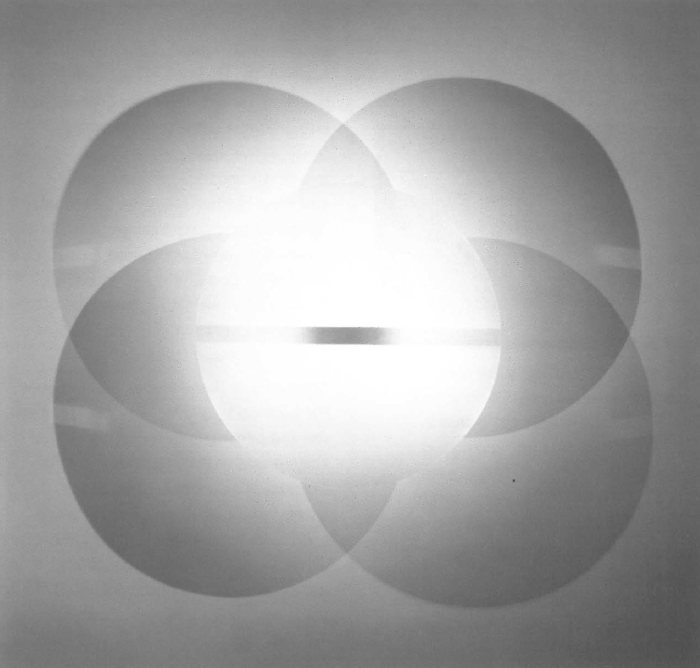
Seeking Transcendence at the Art Gallery of Western Australia is the centrepiece of this year's Perth International Arts Festival. Usually it's an orchestra or a theatre company, a composer or dancer who takes on this role but when Director Lindy Hume identified the theme of Transfiguration and Transcendence it seemed logical to look to the visual arts to encapsulate the that state of transcendence when '&we suspend involvement with the material world'. Unfortunately the promised quest suggested by the exhibition's title remains elusive.
High on John Stringer's original wish-list for transcendent works when planning his exhibition were paintings by Caspar David Friedrich. It's a pity one or more could not be sourced because although noted in the small - albeit free – catalogue, Friedrich and also Turner would have provided a strong platform from which to develop his thesis that visual art arising from the northern European Romantic tradition attempted to inject a spiritual dimension in the face of the rising tide of industrialisation and in response to the new modes of scientific inquiry. There is a great deal of evidence to support this theory and it would have been a fascinating show, but starting with Edvard Munch, drawing the connection to mid-twentieth century abstraction and then hurdling another 50 years to the works of three contemporary artists - Robert Irwin, Wolfgang Laib and Anne Hamilton - requires several leaps of faith and imagination and presupposes a good knowledge of art history to fill the obvious gaps. It's a lot to ask of any audience particularly when the selected Munch works seem more aligned to the artist's interest in melancholy, anxiety and fear rather than transcendent meditation. Indeed it's nothing short of perplexing to try to find links between his painting of a woman sinking her teeth into her hapless lover's neck and the paintings of Rothko hanging opposite.
Although there are individual works to enjoy in the show, the links between Munch and Rothko are not clearly drawn and the rationale for connecting them to the three contemporary artists remains unclear even after a prolonged engagement with the works and the catalogue. Perhaps comparing and contrasting the practice of one mid-century artist like Mark Rothko and one contemporary practitioner like Wolfgang Laib would have offered more scope for exploring the similarities and differences and engaging the audience in that dialogue. Alternatively, a wider range of works and a more detailed catalogue might have bridged the conceptual and stylistic gaps. It's difficult to pin down exactly where the exhibition falters but whatever curatorial strategy was chosen would not have solved the problem of the unsympathetic presentation of many of the works.
A comparison between the installation of the Wolfgang Laib works at the Lawrence Wilson Gallery and the Seeking Transcendence exhibition highlights this point. In the open spaces of the Lawrence Wilson Gallery with its floating floor - installed specially for the show - the works exist in a quiet and expansive space that facilitates a meaningful engagement. At the Art Gallery of WA Milkstone sits directly on the marble floor surrounded by an intrusive square marked with white electrical tape; the pollen work seems trapped in a pokey trapezoid shaped booth determined by the unfortunate architecture. Both works look insignificant and even slightly ridiculous, exactly the opposite of their impact at the Lawrence Wilson Gallery. The booths work better for the Robert Irwin works but the spill of light and the invasive sound from Anne Hamilton's work ruptures the contemplative mood that might have been achieved with sound-proofing and better lighting control.
Nevertheless, it's the first time that four paintings by Mark Rothko have been hung together in Perth and that experience alone is worth a trip to the Gallery. Their shimmering surfaces and slowly pulsating colours go close to inducing that sense of willing separation with the world when we believe, however briefly, that we can comprehend another reality.












